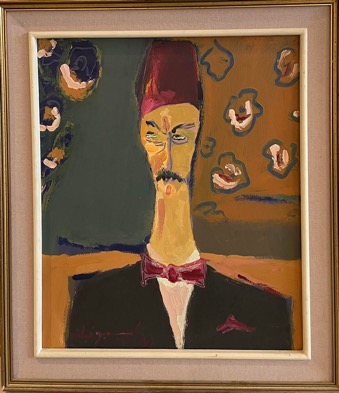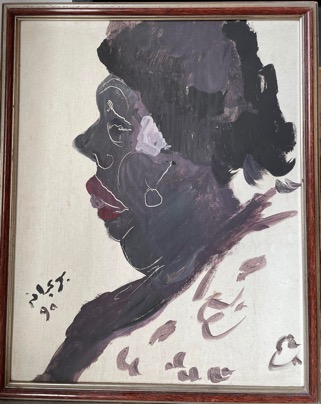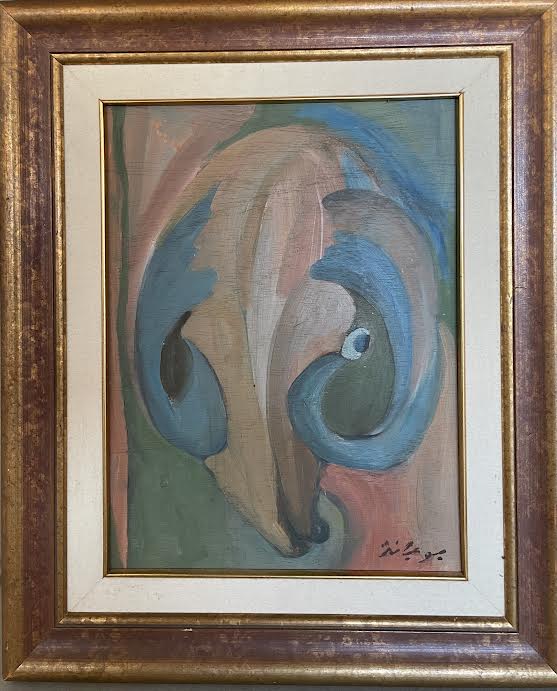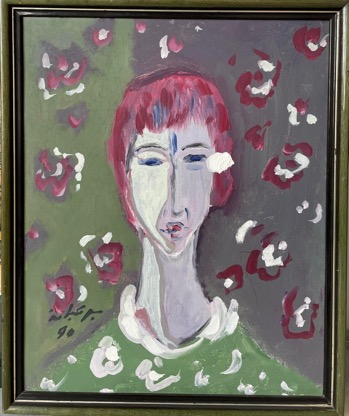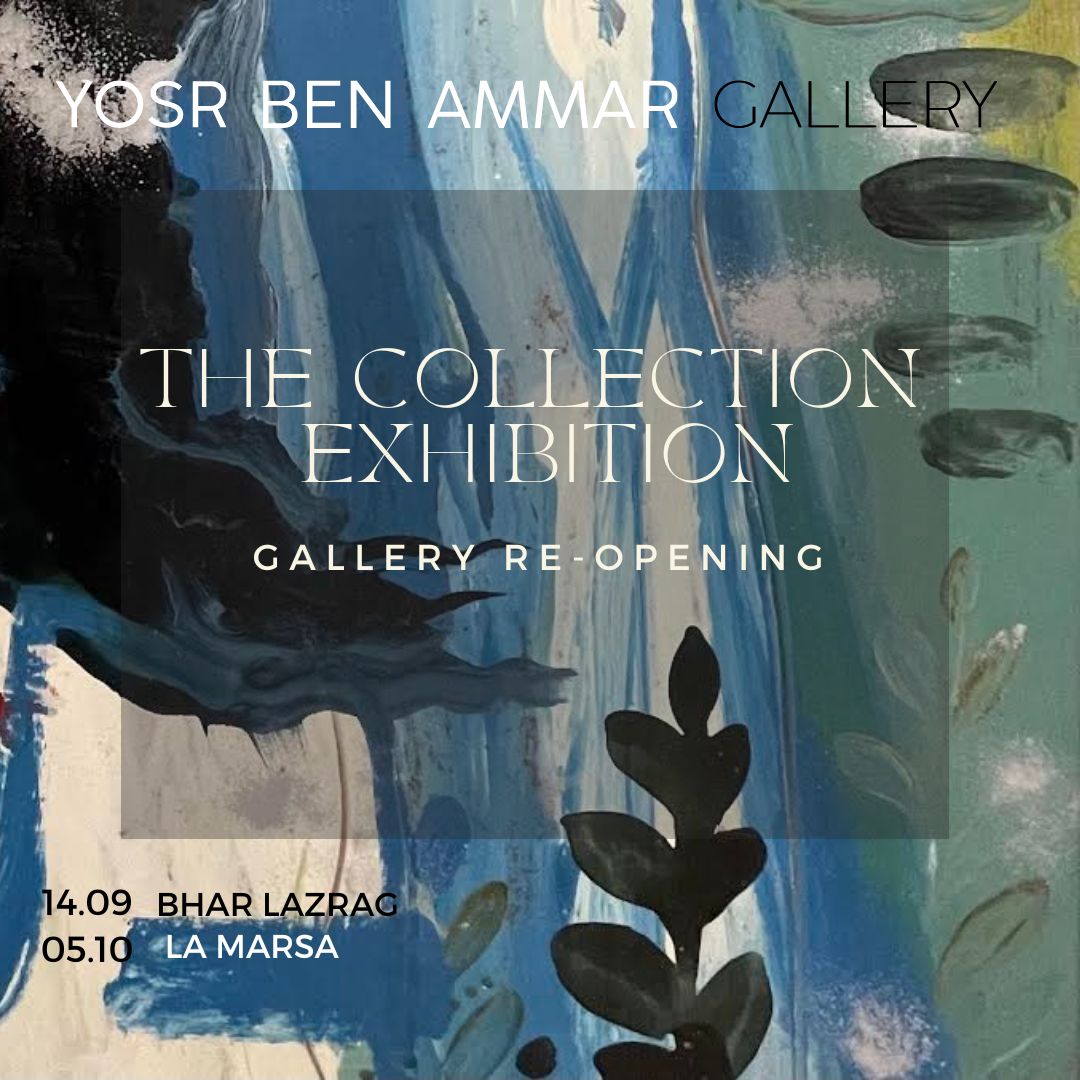Habib Bouabana (1942-2003)
Painter, poet, educator — a free spirit of the Tunisian art scene
Trained at the École des Beaux-Arts in Tunis, Habib Bouabana was a multidisciplinary artist, both painter, poet, teacher, and theater practitioner. He left a lasting mark on Tunisian contemporary art with work that was intense, free, and profoundly subversive.
Nicknamed the painter of Habib Bourguiba Avenue, he established himself as a major portraitist, often cited as second only to Ammar Farhat. His brush, guided by a rebellious sensitivity, conveyed a constant tension between lucid despair and joyful irony.
Bouabana led a bohemian life where painting was not just a medium, but a refuge and a space for inner confrontation. Despite personal struggles, he built a world uniquely his own, populated with visions expressed on canvas through a vibrant palette, sometimes tender, sometimes strikingly bold.
His works, featuring figures such as the Dame au collier, Couple en sortie, African Woman, and Bou Saâdia, reflect an art in which forms and colors merge in a harmony that is often dissonant but never gratuitous.
His deliberately rough and unruly style was a conscious choice: an instinctual and rebellious approach. Through his canvases, Bouabana resisted the established order, rejecting aesthetic comfort and the conventions of the artistic “show-business.” He was one of the few to consistently and radically assert his “NO.”
Bouabana stood almost alone against a generation of artists more concerned with decoration than inquiry. He embodied a dissonant voice, a pictorial beacon on the margins, for whom authenticity prevailed over appearance.
In times of instability and a search for meaning, Bouabana’s legacy deserves revival. His work remains a vibrant call to reconsider our bearings. He summed up his ideal in a phrase both poetic and political:
“I am captivated by the idea of a woman who does not yet exist — a homeland woman.”
